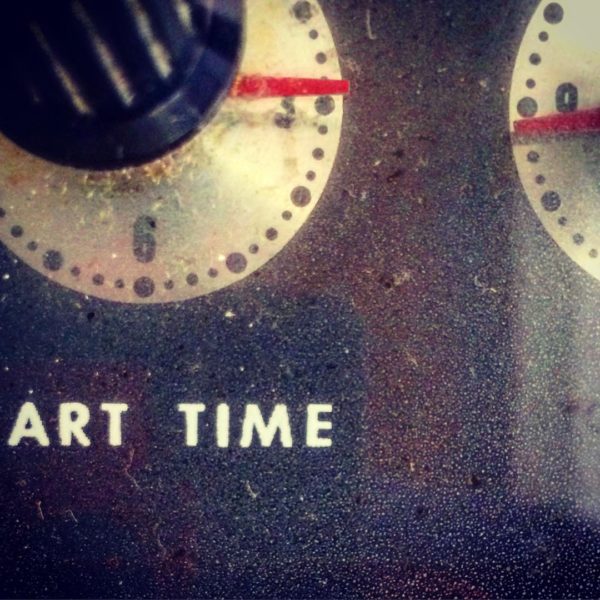
Q: “Who has time for that?”
A: “People who make time for that.”
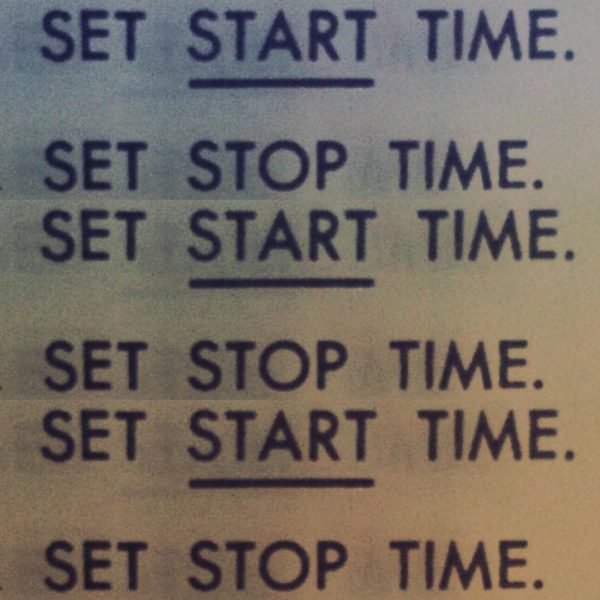
Above: art-making advice from our 40-year-old ovens.

Q: “Who has time for that?”
A: “People who make time for that.”

Above: art-making advice from our 40-year-old ovens.
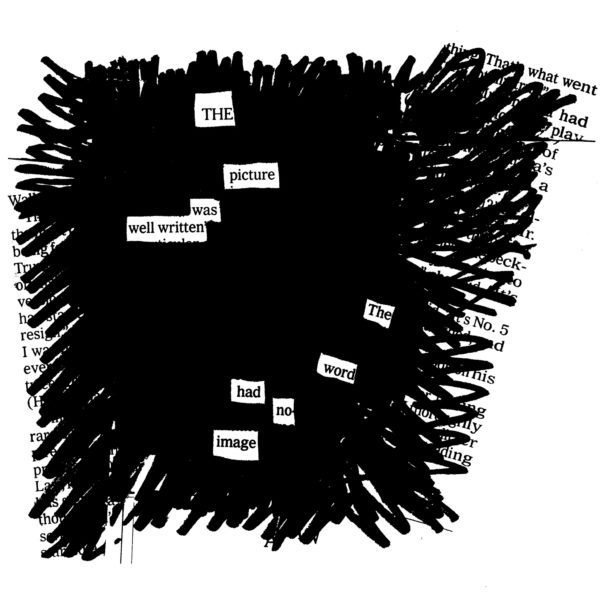
Yesterday designer Jessica Hische tweeted, “I have it in my head that I should pursue an MFA in creative writing to be a better writer and find more space for writing in my life. Really, I should find a way to carve out time to focus on writing without paying tens of thousands of dollars to do so.”
Unsolicited, but here’s my advice for visual thinkers (and others) who want to be better writers:
1) Get Lynda Barry’s What It Is and do the exercises every day in a private notebook.
2) Start a blog and write something there every day.
3) Find or start a writer’s group. (I don’t have one, but I’m married to a fantastic writer and editor.)
4) Become a better reader. Read way more than you write.
5) I believe that the creative process translates across disciplines, so the real challenge to a visual artist who wants to write is learning to operate with words the way you do with pictures. (For example, my blackout poems started out as my attempt to write like a collage artist.)
6) Here’s cartoonist James Kochalka talking about creativity, and how if you can draw, you might be able to write, if you can write, you might be able to make music, etc.:
7) I don’t think most academic programs are set up to help creative workers make these kinds of cross-disciplinary transitions. (Some do or did exist: Carnegie Mellon, for example, used to have an information design program that helped designers learn to write and writers learn to design.)
8) One of the reasons I started the list with Lynda Barry is that she speaks of “The Image” (learned from her teacher Marilyn Frasca) — the thing that is alive in the work. If you can learn to work with The Image, it translates to any art form.
9) I should add that I went to an explicitly “interdisciplinary” college, so I was actually exposed to these ideas in an academic setting. (Lynda went to one too, Evergreen, and she is now a “Professor of Interdisciplinary Creativity” at the University of Wisconsin)
10) Cartoonists, because their work demands work from two disciplines (writing/art, poetry/design, words/pictures), are highly instructive when it comes to visual people learning to write, writers learning to make art, etc. (Check out Scott McCloud’s Understanding Comics for more.)
11) Read a lot. Write a lot. Repeat.
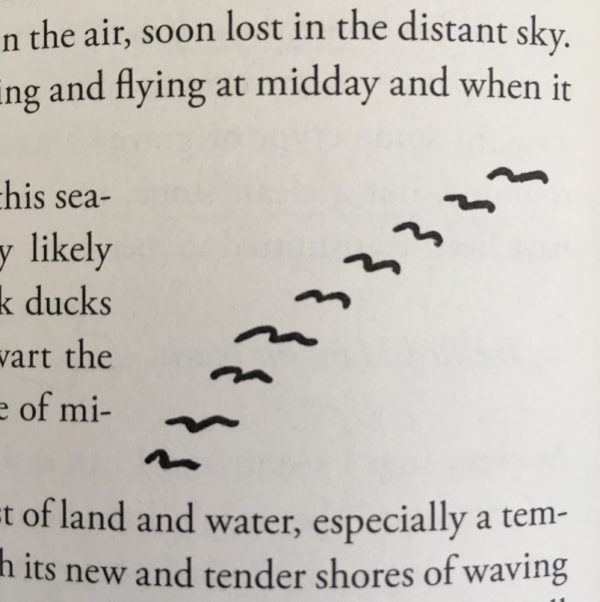
On March 24, 1857, Thoreau journaled about memory, and how the passing of time serves as a filter for what is good or interesting:
If you are describing any occurrence, or a man, make two or more distinct reports at different times. Though you may think you have said all, you will to-morrow remember a whole new class of facts which perhaps interested most of all at the time, but did not present themselves to be reported.
On March 27, three days later, true to the topic, he polished his thoughts on the subject:
I would fain make two reports in my Journal, first the incidents and observations of to-day; and by to-morrow I review the same and record what was omitted before, which will often be the most significant and poetic part. I do not know at first what it is that charms me. The men and things of to-day are wont to lie fairer and truer in to-morrow’s memory.
Above: Thoreau’s drawing of geese in formation, March 28, 1859
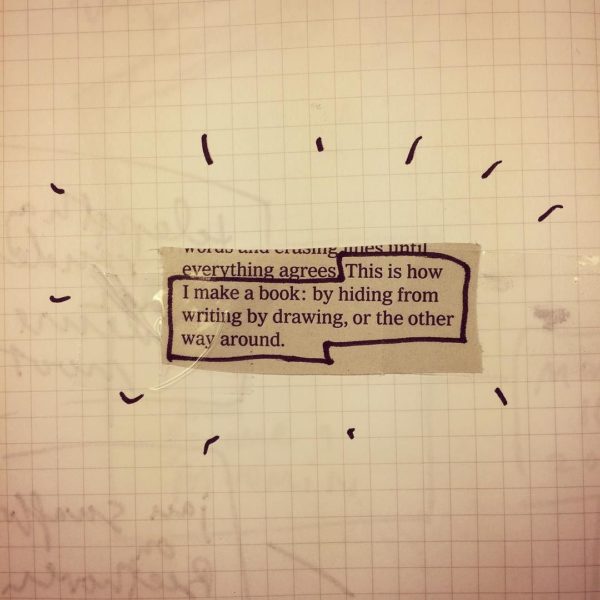
Productive procrastination for writers who draw: Going through my notebook, I found this clipping from a piece by Edward Carey (author of The Iremonger Trilogy) about how he works.
A few weeks ago I gave a new talk at Bond in San Francisco. It’s a list of 10 things that have helped me stay creative in such chaotic times:
I really loved giving this talk. (And, as I’ve hinted, it is a preview of my next book.) If you’ve been struggling too, hopefully you’ll find something helpful in it. Please share it with anybody you think could use it. The full video is below.
(Special thanks to Andy McMillan for inviting me and Paul Searle for the great video.)
UPDATE: I’ve adapted “How To Keep Going” into a book!
This site participates in the Amazon Affiliates program, the proceeds of which keep it free for anyone to read.